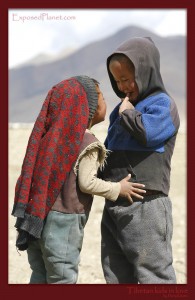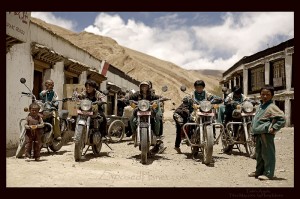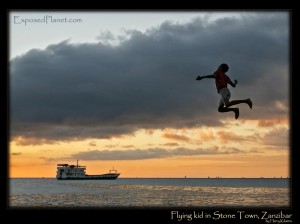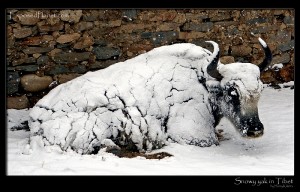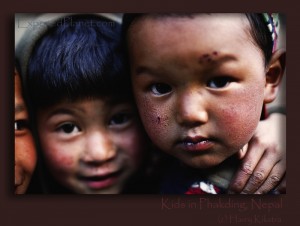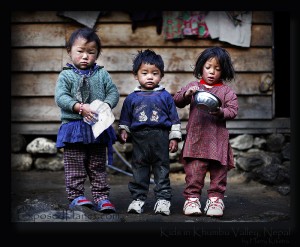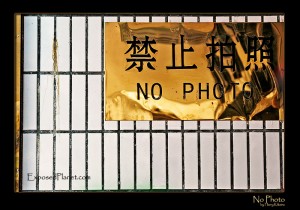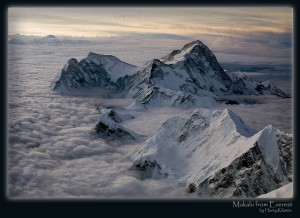Archive for the ‘Photography Tips & Tricks’ Category
Interview with Harry Kikstra with tips for starting photographers
Friday, January 28th, 2011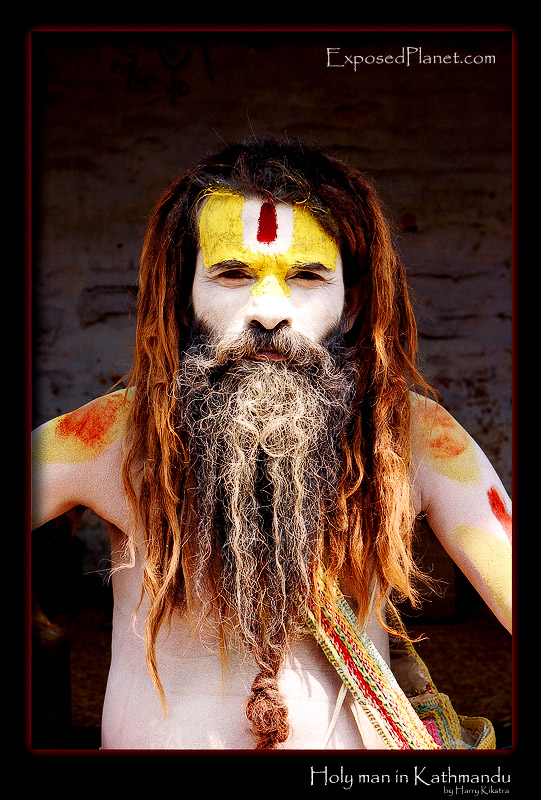
The good people at SmartPress asked me for an interview and it is now up at their website. As it contains some of my thoughts about photography and ideas for starting photographers, I thought it would be a good idea to post it here as well.
Thanks to Sean for his friendly words in the introduction:
Recently we had the pleasure of interviewing the very talented and seasoned photographer, Harry Kikstra. Harry has a very good eye when it comes to taking pictures, and all of his photos make me want to get away and explore other continents and the beauty that is contained within them. I absolutely love images of other cultures, with their vibrant colors, textured skin tones, and most of all, to see how other cultures live. Harry’s photography is very close to something you would see right out of the National Geographic magazine, such beauty and depth captured along with strong human emotions! Check out the interview below which contains a TON of Harry’s work. Thank you again for your time Harry, and your valuable input for our readers! Keep up the great work!
*All images are copyrighted and cannot be reproduced in any form without permission from the photographer*
Who am I?
Harry Kikstra, a climber/expedition leader/ photographer/ filmmaker/ producer/ writer/ public speaker/ cyclist and many other things that have to do with sharing the beauty of the outdoors. I just turned 40, have climbed the 7 continental highpoints, cycled 25,000km across the Americas and have travelled a lot and will not stop soon, though originally I was based in Amsterdam, The Netherlands.
I share my photography irregularly on the photo-blog ExposedPlanet, http://ExposedPlanet.com which just has been relaunched, together with a blog (http://blog.exposedplanet.com).
I have started it not just to show my portfolio and sell my art, but also to share the wonders of the world, both nature and culture, to counter the fear-culture and xenophobia. See http://exposedplanet.com/about/ for more backgrounds and reasoning for the site.
I also run BikeTravellers (http://BikeTravellers.com), a free community for travelling cyclists. One of the blogs on the network is my own journal, http://WorldOnaBike.com, which contains thousands of photos from my recent bicycle trip through the Americas.
My main project/income however is 7summits.com (http://7summits.com): my website about the highest peaks of the 7 continents. You can book trips, find info and much more. I also just co-started a new and huge initiative to replace costly and dangerous kerosene lamps by solar-powered LED lamps, see http://illuminationhq.com.
What kind of photography do you do? Do you enjoy it?
I am mostly a travel photographer, with a sharp focus on Nature and culture. As I am a climber, I have specialized in mountains and love to share the beauty of nature, but I also really enjoy capturing culture and portraits, especially of children around the world.
What’s your gear? (type of camera and most used lens)
Travel + photography = dirt on sensors. 5 ways to keep your camera clean inside
Sunday, December 12th, 2010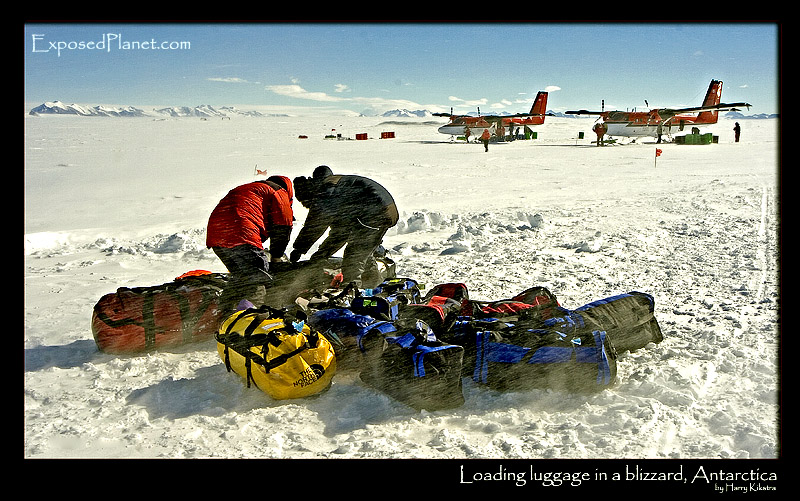
So you did take that big DSLR instead of the point and shoot? And you stepped up from that all-in-one 12-500mm lens to some fixed primes, which you are lugging along on your back.
At some point in time you will likely want to change your lens. Alas, unless you are shooting in a laboratory, you might find yourself in a place like one of these:
– Full of dust: the desert, dusty mountains, beach
– Full of wind: the same places as above, plus snowy mountains!
– Full of rain and snow: anywhere where you can take interesting landscape photos 8)
Guess, what, the moment you switch that wide-angle for the zoom, about a gazillion dust particles and snowflakes are lined up to use those few seconds to enter and smudge your camera.
Why is this bad?
Dust can ruin the inner workings of the camera. I did not know this until recently one small flake of dust had settled on the auto-focus sensor at the bottom, behind the mirror and no lens would auto-focus anymore!
This is quite rare, but the more usual result of dust is that the image sensor will contain smaller and larger dust particles, each covering many pixels on the sensor. This means that the sensor cannot ‘record’ the light there and you will get dust specks (dark dots, lines etc) on your images until you clean the sensor. You will need to spend much time cleaning these dark spots up in LightRoom or Photoshop if it is possible at all.
Why should you not worry too much?
First of all fear of dust should never be a reason to miss a great shot, it is better to have a great shot that needs some cleaning than no shot at all!
Also: nowadays the better camera’s have built-in systems to shake the sensor clean, taking off a lot of dust. (more…)
travel photography: 5 tips for photographing children
Tuesday, October 12th, 2010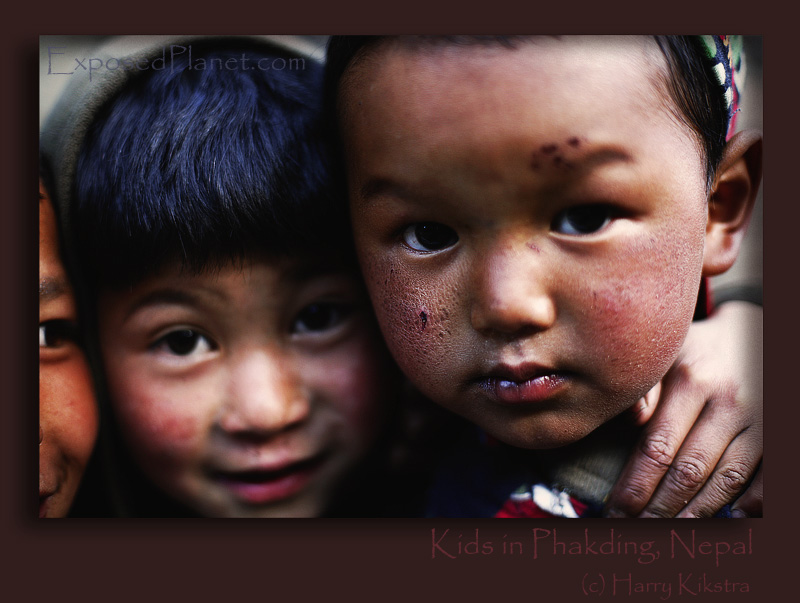
The children category on ExposedPlanet.com is one of the most popular ones on the Photo-blog. Likely because you can recognize a part of your own (lost?) youth in the faces of the kids.
Interestingly enough, it does not seem to matter where or under what circumstances the kids live. They all have the same desires to play and be happy and usually use whatever is available to them to fulfill these.
Some of the children’s portraits are in the most-commented top list and often I have been asked how I made these portraits. Not technically -that info is available as well, for every photo, just click the ‘Exif’ link to show lens, camera, aperture, speed etc.-, but practically: what makes a photo of a child more than a crappy family snapshot?
Here are some things I learned the past years, illustrated with images from kids I met in Tibet & Nepal:
(0) Know your camera, lenses, light etc etc etc etc. I am not giving this a number as it is a basis without which you will never be able to make any nice pictures of any subject (see also the post about 10 Travel Photography tips). So I see this as a given and will only now start counting 🙂
(1) Get at their level. Literally
This is maybe the most important aspect of shooting images of children. With this I mean physically sit, kneel or even lie down, so you can look them in the eyes without looking down on them.
First of all when shooting from above, you usually get a distorted view, often weird looks as the child is looking up -or looking down if he is not interested- and boring backgrounds: mostly the floor or whatever you are standing on.
When you lower yourself, you’ll find yourself in their world and see what they see. The backgrounds will be more interesting and children will be more at ease as well.
Treat them as a full-blown subject, not just some kid you look down upon. (more…)
Shop Digital Direct, Broadway photo and other online scam photography shops warning.
Saturday, October 2nd, 2010
(this was originally part of this post on ExposedPlanet.com photoblog)
Here is an older post, but with some helpful Online Shopping tips, that might help other photographers.
When looking for availability on the new and long anticipated Canon Eos 5D, Mark II (or mk ii, mk2, mark2 etc), which had a MSRP of $2700, I noticed some very good deals, even up to 35% lower than the suggested retail pricing at a shop called Shop Digital Direct. It even came up on some of the price comparisons sites!.
I know that some retailers make a lot of money and some smaller companies that do not send out huge brochures, import their own stuff and can be able to deliver electronics considerably cheaper. Still the first thing I did was to check this store, called Shop Digital Direct, on the great website Resellerratings.com.
The company that offered the great deal had gotten an average of 0.55 consumer rating, out of a maximum of 10! If you browse through the reports of past, scammed clients here, it appears that everybody who buys things here get scammed, usually using one of the following methods:
Usual Scam Methods of online photography shops
– Bait and switch: they promise a cheap product, but you have to order online and then call to confirm. On the phone, they tell you that you will need to buy the battery, manual, battery charger, lenscap software separately, usually for up to 5 times the regular price (and the items should have been included in the price anyway). They will create stories about how the lens or battery is not top quality and you need to ‘upgrade’. if you do not want any of the items they force on you, your ‘in stock’ order suddenly is on backorder and can stay so for weeks… if you do get pressured in, you will suddenly pay $4000 for a $2700 camera with all that is already included.
– Credit Card fraud: They will actually charge you even more than agreed, even after the ‘upselling’ as per above. Always check your credit card statements, as basiscally you give them unlimited charges on your card. Many clients of these stores also have rported that suddenly their CC was abused, so likely these criminals simply sell your credit card details to other hoodlums. (more…)
10 Travel photography tips from ExposedPlanet
Saturday, October 2nd, 2010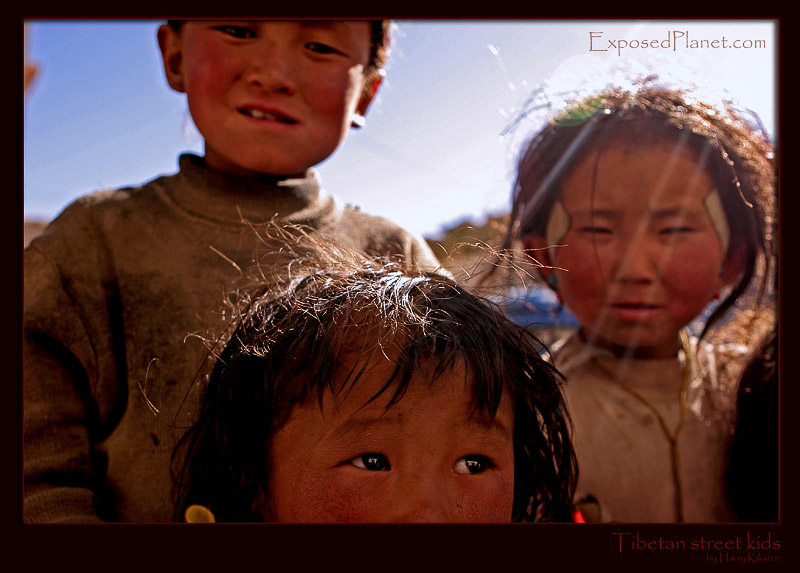
(This was originally a part of this post on ExposedPlanet.com, see also the comments there)
I was asked to make a top 10 list of photo tips, focused on Travel Photographers.
So here are some basic and travel-specific pointers. Many have been uttered by fellow shooters and some might seem too obvious, so use them as deemed necessary! As every photographer is (fortunately) different, this might not be useful for you, but for others this might help 🙂
1) Know your gear: not just the functions of the body but also the lenses. Know which lens has the sharpest focal range for a specific aperture etc. but you should also be aware that your sensor is dirty, so you know not too shoot F22 🙂
In the end knowing your gear will save you time as you do not have to fiddle with the settings and try different lenses as your subject will be long gone baking chapatis. You will get better pictures as you will know the gear you use will be suitable for the job.
Also: know your editing software, at least the basics. Some deleted shots (or shots not taken as you thought that the light was wrong) might have turned out perfect once optimized with levels or contrast.

